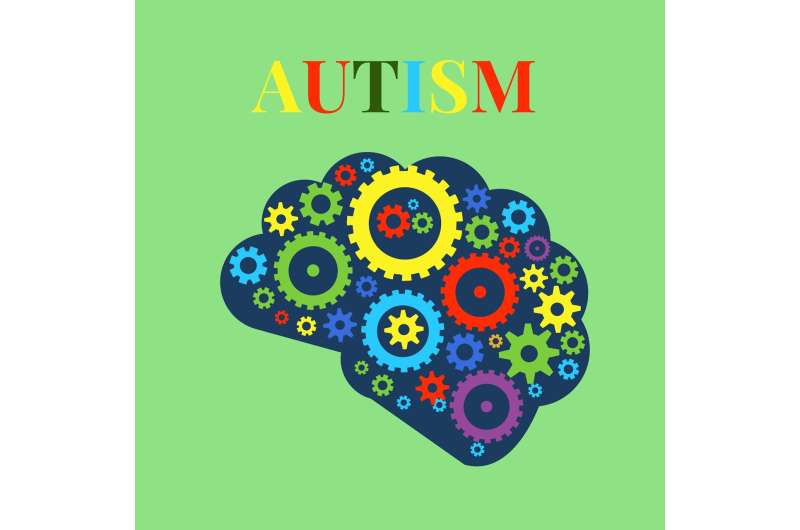Creating Neuro-Inclusive Universities to Support Autistic Student Success

Discover how universities can become more neuro-inclusive, supporting autistic students through tailored policies, supports, and inclusive practices that promote their success and well-being.
As the prevalence of autism continues to rise, an increasing number of autistic individuals are pursuing higher education. While these students bring valuable strengths such as creativity, focus, and originality, they often face systemic barriers that hinder their academic journey. Issues like limited access to autism-specific supports, sensory overload, and mental health challenges contribute to lower graduation rates among autistic students.
To foster truly inclusive campuses, universities need to implement comprehensive policies and practices that recognize neurodiversity. This includes offering tailored accommodations—such as extended test times, quiet testing environments, and note-taking assistance—accessible through formal diagnoses, which can be costly and delayed. Recognizing that not all students disclose their diagnosis, institutions should adopt neuro-inclusive measures that benefit all students.
Currently, only a small percentage of post-secondary institutions in Canada provide dedicated autism-specific services. Barriers like funding and insufficient staff training limit the development of these supports. Experts recommend involving neurodivergent students, faculty, and staff in policy creation, alongside providing mandatory neurodiversity training using free, evidence-based modules. Such training helps staff understand autism and apply universal design principles to create accessible learning environments.
Some institutions, like the University of Calgary and the University of Victoria, have begun establishing wraparound services—such as specialized advising, transition support, and mentorship groups—that significantly improve the student experience. Comprehensive support networks, including accessible spaces like sensory-friendly rooms and smaller libraries, foster a sense of community and provide much-needed respite.
Students are encouraged to explore available on-campus services and extracurricular activities, seek funding opportunities for assistive technologies, and build strong relationships with peers and educators. Developing peer mentorship programs and finding sensory-friendly campus areas are also critical strategies to promote mental well-being and academic success.
Creating an inclusive environment requires ongoing effort, collaboration, and resource allocation. Combining institutional initiatives with individual strategies can make universities welcoming spaces where neurodiverse students thrive, contributing to a richer, more diverse academic community.
This article is based on research and insights from Megan Ames, Carly McMorris, and contributions from autistic students, emphasizing the importance of systemic change to support autistic learner success.
Source: https://medicalxpress.com/news/2025-09-universities-neuro-inclusive-autistic-students.html
Stay Updated with Mia's Feed
Get the latest health & wellness insights delivered straight to your inbox.
Related Articles
Impact of Social Threat Perceptions on Youth Brain Connectivity and Mental Health
New study finds that perceived social threats in adolescence are linked to altered brain connectivity and increased mental health risks, highlighting the importance of social safety interventions.
Reactivating Indigenous Languages Promotes Better Public Health Outcomes
Reviving Indigenous languages is linked to improved mental health, reduced suicide rates, and stronger community well-being, according to recent research from UBC and partners.
High THC Levels Linked to Increased Risk of Schizophrenia and Psychosis
High concentrations of THC in cannabis are associated with increased risks of schizophrenia, psychosis, and substance use disorders, highlighting the need for cautious consumption and further research.
Link Between Gun Violence Exposure and Widespread Psychological Distress in US Adults
A comprehensive study reveals that exposure to gun violence significantly affects mental health in US adults, leading to depression, PTSD, and anxiety, with long-term consequences for victims and witnesses.



